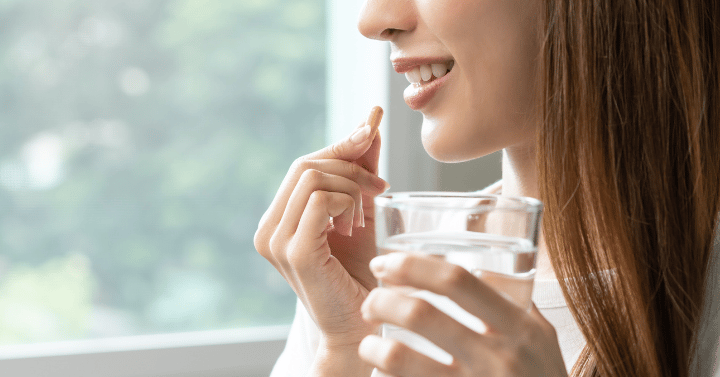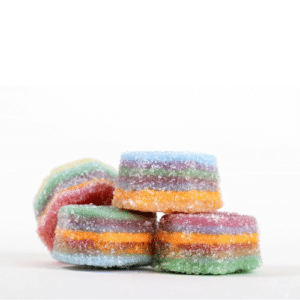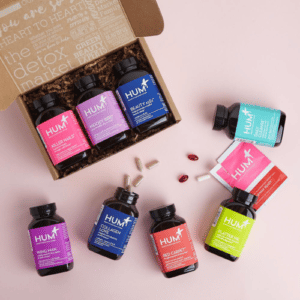Beauty nutrition products continue to rise in popularity as consumers are exploring new ways to look and feel good, from the inside out. Such products have found homes in all channels of distribution—offline and online—in the United States, and their sales are projected to increase at a CAGR of 9% through 2025, according to our research. Growth within this dynamic segment is being fueled by several key trends, including:
1. Personalized Nutrition
Neutrogena has partnered with Nourished to launch SkinStacks, 3D-printed bespoke gummies powered by digital skin assessment. Hum Nutrition, Nutrafol, Persona, and Care/of offer online questionnaires to personalize supplements for consumers often with input from nutritionists. Monthly subscriptions for these services can range from $10 to $90.
2. Multi-Benefit Products
Products that combine beauty benefits with joint health, improve sleep, enhance mood, and improve gut health/digestion are favored by consumers. Examples of such brands are Garden of Life, Goli, Evolution_18, and Love Wellness.
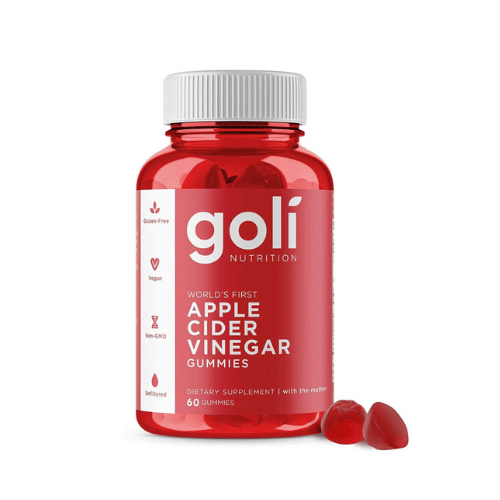
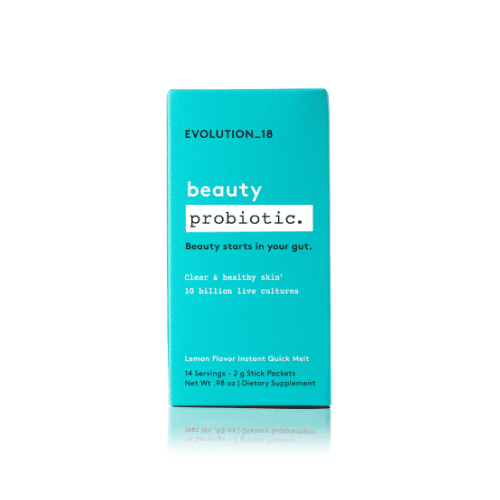
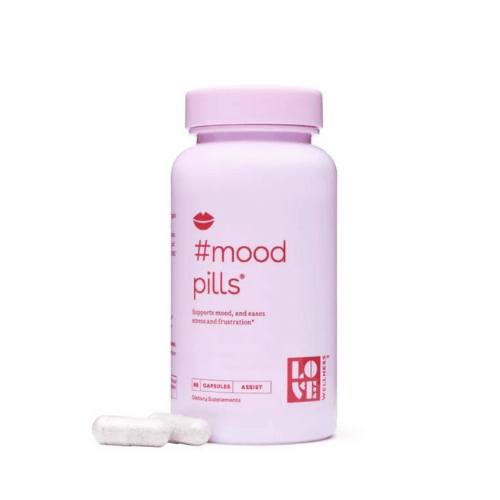
3. Beauty Snacking
Inspired by functional foods, beverage mixes, coffee creamers, powders, snack bars, and bites are all growing in popularity. Collagen is the top ingredient in this segment, with Moon Juice, Vital Proteins, Garden of Life, and Goop being some of the most notable brands that offer such products.
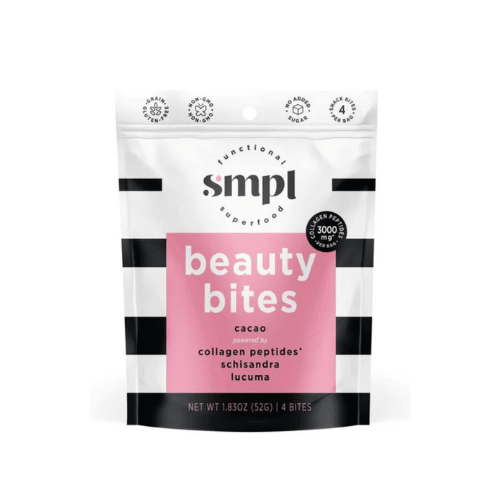
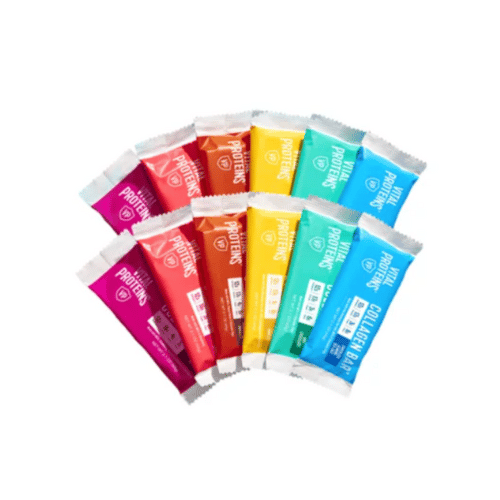
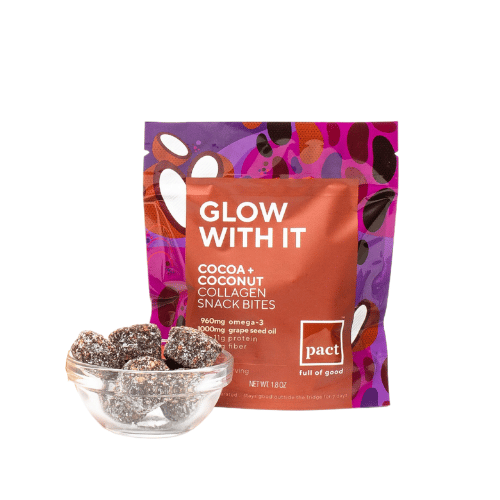
4. Influencer Marketing
Social media plays a key role in driving consumer awareness toward ingestible beauty products. Many prominent brands, such as Sugarbear, Moon Juice, Ritual, and Vital Proteins, work with celebrity influencers to gain exposure.
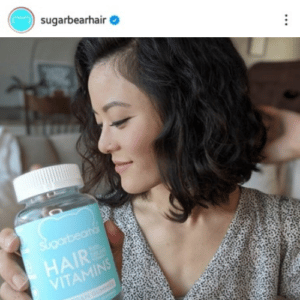
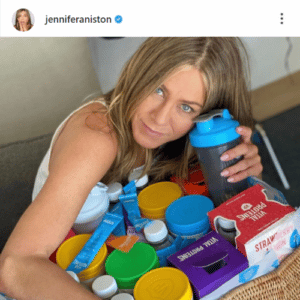
5. Doctor-Developed Specialty Brands
Brands that focus specifically on hair or skin benefits are often developed by physicians. They are sold in stores, online, and via medical professionals such as dermatologists, plastic surgeons, aesthetic physicians, and hair stylists. A few examples of such brands are Bosley, Perricone MD, and Murad.
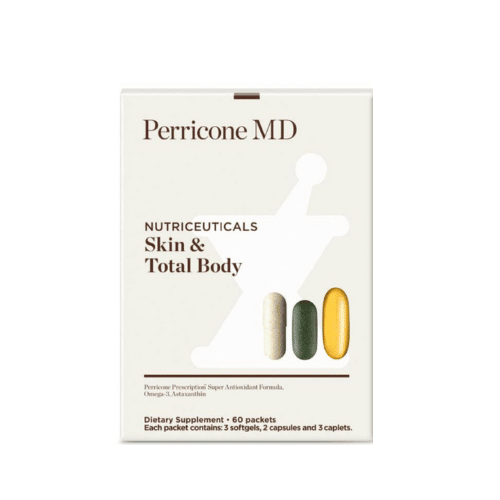
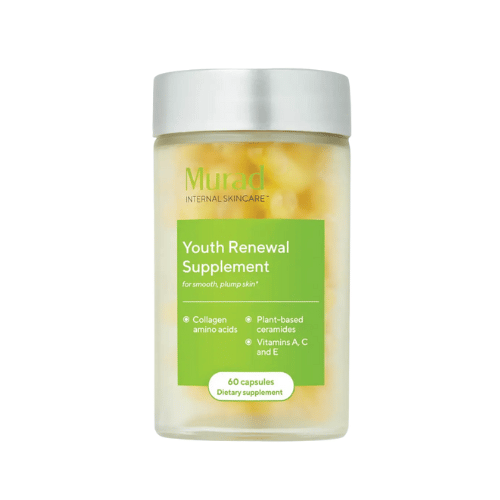
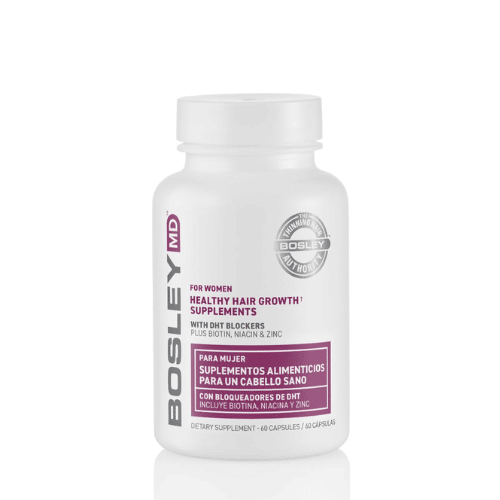
The next edition of our Beauty Nutrition: U.S. Market Brief report is slated for publication in 2023. This analysis includes ingestible beauty products sold through all channels of distribution, including:
- E-commerce
- Drug stores and pharmacies
- Food stores
- Mass merchandisers
- Health food stores
- Specialty cosmetic/beauty stores
- Apparel stores
- Department stores
- Medical professional offices, such as dermatologists, plastic surgeons, and other doctors’ offices
- Salons/Spas
The report sizes the market from 2019 through 2022 with an outlook to 2027. It also features consumer sentiment analysis and profiles of more than 20 brands.
